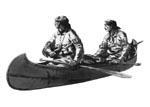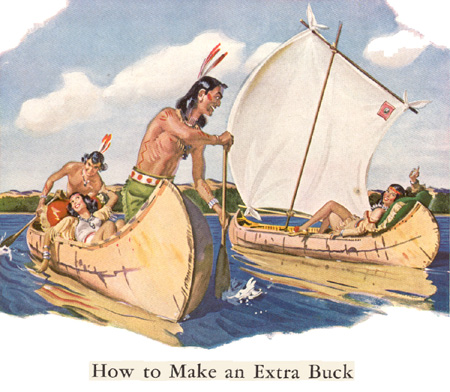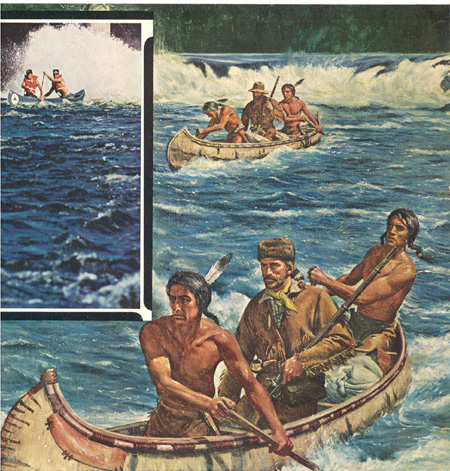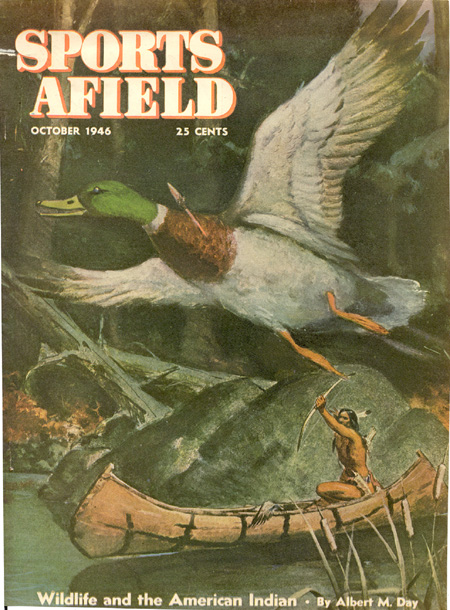

The
Bark Canoe Store
Shop Address:
15 East Sinto
Spokane, WA 99202
Mailing Address:
1111 West 10th Avenue
Spokane, WA 99204
(509)327-7902
(office voice & fax)
(509)327-1850 (shop)
barkcanoe@earthlink.net
www.barkcanoe.com
John Lindman
proprietor/builder
Copyright (c) 2009
All Rights Reserved
IN THIS ISSUE
1. News
- Classes for 2009
- More fun photos
2. Tech Tip
- Teb Behne - Lashing Stem Pieces
Bark
We have lots of bark. We have 2'x2' sheets, 2'x3' sheets, 2'x8ft rolls, 2.5ft x 8ft rolls, 3'x10ft rolls and 16'+x3ft rolls. I haven't looked through every box but the ones that I have inspected show this to be really nice, clear, flexible 1/8" bark. If you have a project for this year and you need bark give me a call and I will do my best to get you what you want.Classes for 2009
Advanced Class: I decided to change back to allowing students to attend the Advanced Class without doing the Basic Class first. Instead they can do the Home Study Program and take a test. The purpose behind these steps is ensure that the student does not get in over his/her head and that the class is a positive experience and not an ordeal. You can view details hereSchedule and Locations: The Advanced Class we be held in the Spokane area possibly 80 miles north near the Canadian border along the Pend Oreille River. If you saw the Kevin Costner movie, The Postman, there was scene with Tom Petty. Well that is the general area. It is really spectacular country. While the birch bark is thin and the trees are dying, all the materials for canoe building is in that area and the Indians from the general area did make bark canoes.
You can check out the details here
I am planning to do a class in the UK this summer. It would be in the south of England. Exact dates to be determined in the next couple of weeks. Check the website for details or send me an email and I will keep you updated. This will be a group class where we will build a full size canoe.More Fun Photos



Tech Tip -
Building Tip - More on Miniatures by Ted Behne
Lashing Stems This article continues the assembly process with the lashing of stems at each end of the canoe. Previous articles outlined other basic steps. To review previous articles, go to Tips. Then “Building Miniature Canoes.”Required tools for lashing stems: Speedy Stitcher needle point awl; a pair of scissors; clothespins; box of round toothpicks; four 1-2' long spruce roots, carefully selected and set aside for their straightness and uniformity of scale size.
Begin by putting the roots into warm water to soak and to stay supple for the lashings. Position the model upside down on a table, with supports beneath the center section, so the ends are at a convenient work height. Make a xerox copy of the stem from the measured drawing. Cut out the stem profile. Carefully position the cutout on the bark at each end of the canoe. Double check to ensure the stems are at the correct angle and distance from the end thwart. Transfer the stem profile onto the bark with a pencil. Even small errors will be obvious later, so take care to get it right. Trim excess bark with scissors, leaving about 1/4” extra bark beyond the cutout line for the stem. At the base of the stem, on the bottom of the hull, be careful to leave solid bark under the stem base and headboard.
Place one of the stems into position between the bark sides, holding it temporarily with clothespins. Carefully check to ensure correct positioning. Make holes in the bark and through the stem with the Speedy Stitcher awl, from the top of the stem to the base, approx. 1/4” apart. Into each hole, place one-half of a toothpick, alternating the pointed ends left and right, to balance the holding pressure on the stem and to keep it from bending to one side or the other. Remove the clothespins as you insert the toothpick halves. Trim away the extra 1/4” of bark, leaving only a small edge of extra bark alongside the visible stem.
Select a straight root, approx. one foot in length and sharpen both ends to use as sewing “needles.” This root will be permanently visible at the top of the stem in the finished canoe, so it is important that it be carefully trimmed and precisely sized. Remove the toothpick at the top of the stem and pull half of the root through the hole, leaving the flat side facing outward. Criss-cross the two root ends, shoelace fashion, with the rounded side facing outward. Insert the two ends into the next hole, pulling them tight to form a small “x” across the face of the stem. Enlarge the hole if necessary to get both roots to pass through. Repeat the “x” pattern lashing until the lashing nears the water line level of the canoe. Adjust the “x” pattern on the face of the stem as you go, to be sure it is uniform and centered on the middle of the stem. At this point, discontinue the “x” pattern and begin a spiral lashing instead, through all the holes to the base of the stem.
End the “x” pattern lashing by passing both ends of the root through the last hole a second time and then trimming each root flush with the bark. Begin the spiral lashing by inserting one end of a new root into the next hole below the “x” pattern. Pass the root through the hole, flat side facing outward. Secure the end by tucking it under the next spiral loop and pulling tight. Continue the spiral loops through successive holes to the base of the stem. Secure the end of the root by passing it through the last hole twice and then trimming it flush with the bark.
Repeat the process with the other stem.
In the next article, the ribs will be bent. If you have questions about any of the above, just send an email to tedbehne@comcast.net.
-----------------------------------------------------------------------------------------
To remove yourself from this list, simply reply to this email with the word "REMOVE" in the subject.
------------------------------------------------------------------------------------------